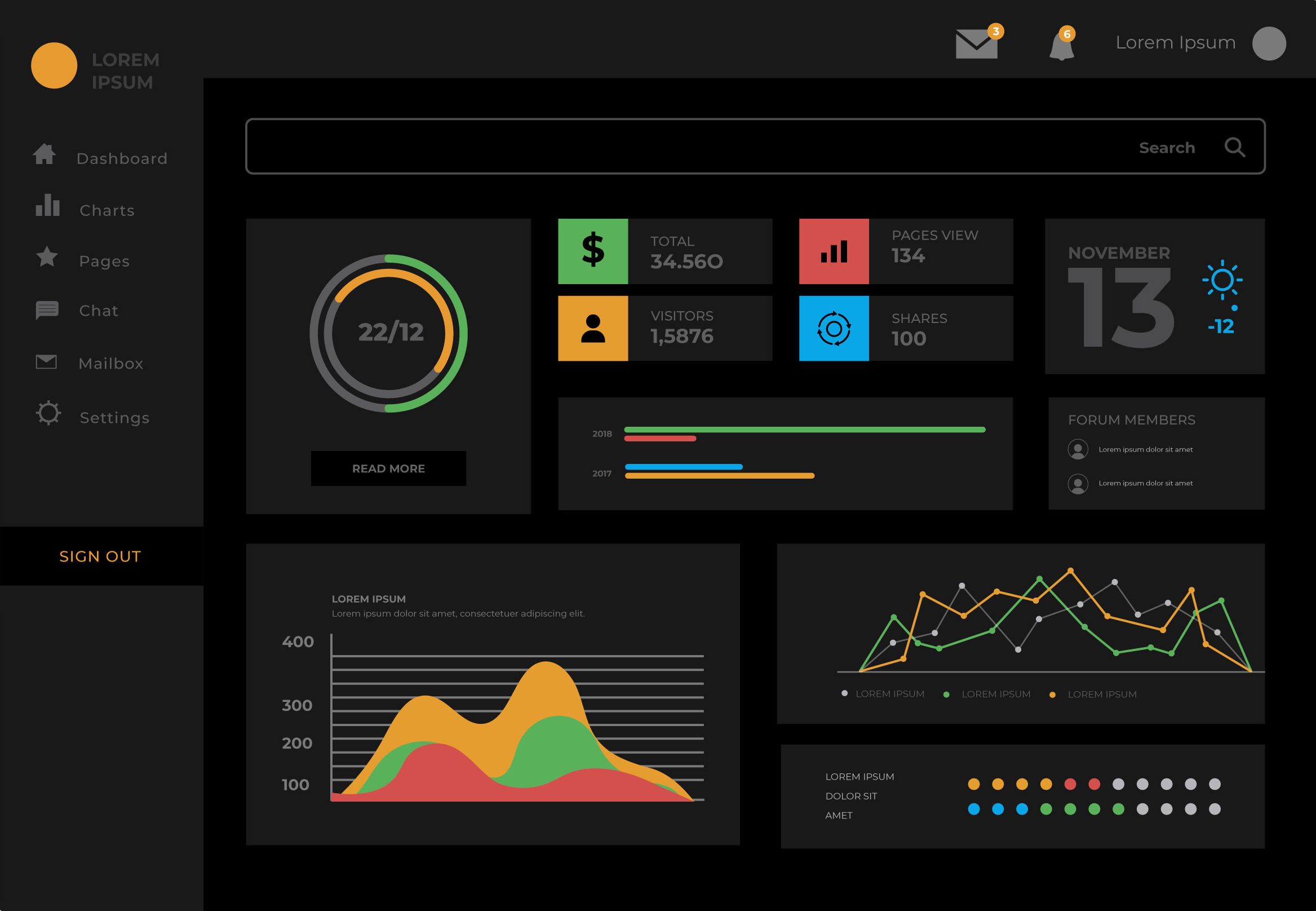Tax compliance remains one of the most challenging aspects of business management, especially in today’s multi-channel commerce environment. With ever-changing regulations and increasing complexity, automated tax compliance has become not just a convenience, but a necessity for sustainable business operations.
The Growing Challenge of Tax Compliance
Modern businesses face multiple tax-related challenges:
- Complex multi-jurisdiction requirements
- Constantly evolving tax regulations
- Multiple sales channels with different tax rules
- Increased audit scrutiny
- Time-consuming manual calculations
Why Automation is the Answer
Automated tax compliance systems offer comprehensive solutions that transform tax management from a burden into a streamlined process.
Key Features of Modern Tax Automation
1. Real-Time Tax Calculation
- Automatic rate determination based on location
- Product-specific tax rules
- Multi-jurisdiction compliance
- Immediate updates for tax law changes
2. Documentation and Record-Keeping
- Automated transaction recording
- Digital storage of tax documents
- Audit-ready reporting
- Comprehensive transaction history
3. Multi-Channel Integration
- Unified tax management across all sales channels
- Consistent tax application
- Consolidated reporting
- Streamlined reconciliation
Measurable Benefits
Businesses implementing tax automation typically see:
- 95% reduction in tax-related errors
- 10+ hours saved weekly on tax management
- Improved audit outcomes
- Reduced compliance risks
- Better resource allocation
Implementation Strategy
Successfully implementing tax automation requires:
1. Assessment Phase
- Review current tax processes
- Identify compliance gaps
- Define automation requirements
- Set implementation goals
2. Implementation Phase
- Choose the right automation solution
- Configure tax rules and settings
- Integrate with existing systems
- Test across all channels
3. Maintenance Phase
- Regular system updates
- Periodic compliance reviews
- Staff training
- Performance monitoring
Best Practices for Success
1. Stay Current
- Regular system updates
- Tax law monitoring
- Staff training
- Compliance reviews
2. Maintain Documentation
- Keep detailed audit trails
- Document tax decisions
- Store supporting materials
- Regular backup procedures
3. Monitor Performance
- Track error rates
- Measure time savings
- Review compliance scores
- Assess ROI
The Future of Tax Compliance
As businesses continue to expand globally and digital commerce grows, automated tax compliance will become even more crucial. Staying ahead of the curve with robust tax automation solutions isn’t just about compliance—it’s about creating a competitive advantage through efficient, accurate, and scalable tax management.


















